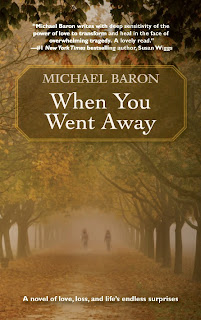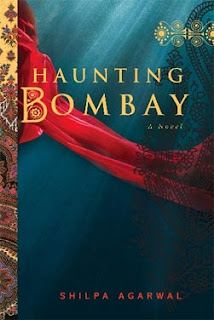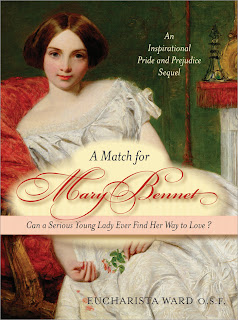
“Sarah McConnell’s husband had been dead three months when she saw him in the grocery store. He was standing at the end of the seasonal aisle, contemplating a display of plastic pumpkins, when, for one brief moment, he lifted his head and looked into her eyes.” (First line, Page 3)
Not only does Sarah mourn her husband and the life they had, but she also mourns the life they dreamt about, the life that was snatched from them time and again, and the illusion of their future happiness. The Widow’s Season is a character driven novel that teeters on the brink of despair as Sarah attempts to navigate her after-life alone. Nate, her brother-in-law, has lost his mother and his brother in such a short time, and he, like Sarah, does not grieve in an outward display of sobs and outbursts, but turns inward. Sarah’s friend Margaret anchors her to reality and persuades her to meet for tea every Friday and join her widow’s group once a month. Unlike, Sarah, Nate’s support system is gone, but he has his investment work to bury himself in.
“An hour later, when she pulled up at the cabin, she had the old sensation of arriving at an empty house. No lights shone in the windows; the grass was still unmowed. When she unlocked the door, an immense stillness confronted her.” (Page 151)
Told in third person, Brodie’s language has a eerie, otherworldly quality that will suck readers easily into an alternate reality. Grief drips from the pages of Sarah’s life and will consume readers in its wake as she lifts the fog that has surrounded her existence and uncovers her strength, poise, and determination. Fresh and frank is Brodie’s writing as if she has first hand knowledge of deep desolation and how it can twist reality into alternative that is more palatable.
A great selection for the Fall and Halloween holiday, though it is not a ghost story in a traditional sense, The Widow’s Season is about transformation and living with ones ghosts.
Thanks to Laura Brodie for sending me a free copy of her novel for review.
If you missed my interview with Laura Brodie on D.C. Literature Examiner, you should check it out and find out what she recommends for Halloween reading. Stay tuned for Laura Brodie’s guest post later today.
Also Reviewed By:
As Usual, I Need More Bookshelves
Missy’s Book Nook

 Margaret Campbell Barnes’
Margaret Campbell Barnes’ 



















